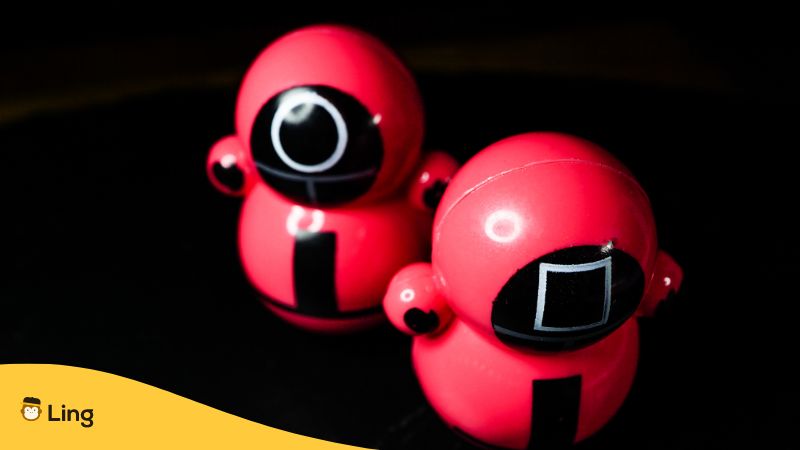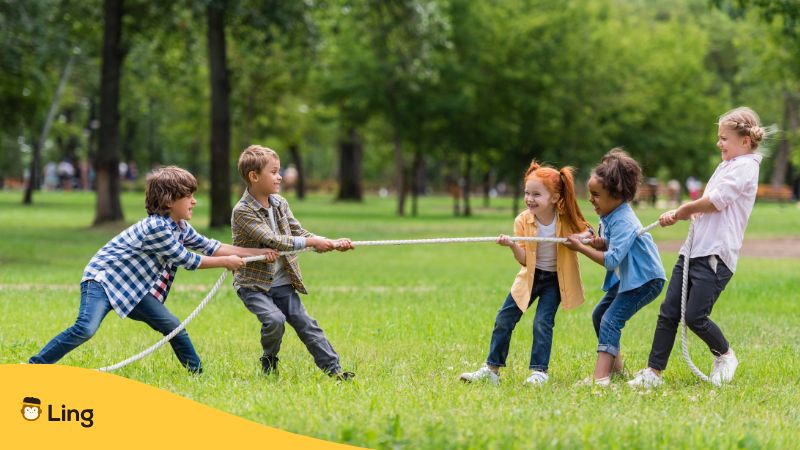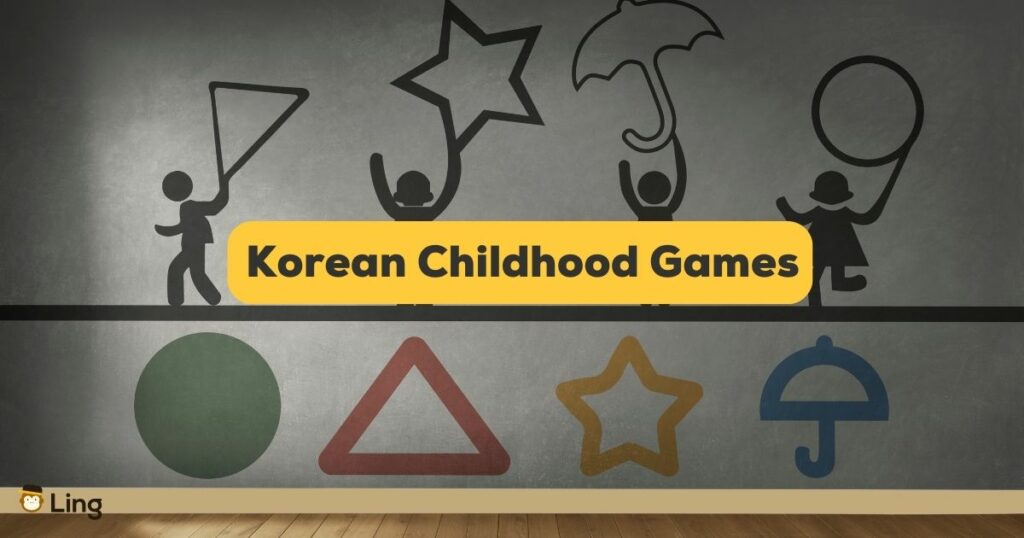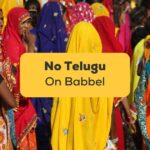Many people got hooked on the hit Netflix series “Squid Game” not only because of the gripping story and well-acted performances of the cast as an ensemble. This movie also opened our eyes to Korean culture, including food, family dynamics, and, of course, the exciting world of Korean childhood games. Let’s learn more about these games, including the ones that got cut off in the limited running time and episodes of the popular series. So what are we waiting for? Let the (listing of) games begin!
The Top Korean Childhood Games
Many of South Korea’s most popular traditional games are rooted in ancient folk beliefs and activities back in time. While many of these beliefs no longer exist, many of the games that started eons ago are still being played up to this day, preserving a big part of Korean culture:
Hackysack
In Korean: Jegichagi (제기차기)
Hackysack is a Korean traditional game with a history dating back to the Goryeo Dynasty (918–1392). Over the years, the beloved game became a familiar song to Korean people, especially the kids. It continued to be a popular pastime and was even declared a national sport in South Korea in 2000. Players hop using one leg to keep a coin, a paper jegi, or any small, weighted object in the air using only their feet.
Yut
In Korean: Yut Nori (윷놀이)
It’s a traditional game board where players use four wooden sticks with marked sides. They toss the sticks and move the pieces on the board with the objective of outsmarting their opponents. The strategy depends on what is running in a player’s head. Korean children play this game during Seollal (Lunar New Year) and Chuseok. But it’s a game created way before the Korean War or the later Three Kingdoms period (57 BC – 668 AD).
Red Light, Green Light
In Korean: Mugunghwakkoch-Ipieossseubnida (무궁화꽃이피었습니다)
The game, which reached global popularity, thanks to the series “Squid Game,” celebrates Korea’s national flower, the hibiscus. Unlike in the series, the game is typically played in a group sitting in a circle. The players take turns saying, “Hibiscus has bloomed,” while others respond, “It’s bloomed, it’s bloomed,” without showing any emotion. And nope, losing teams won’t be shot by “Squid Game” cops.
Slap-Match Game
In Korean: Jjang Gudaejang (짱구대장)
This game is typically played by two players, who take turns trying to slap the opponent’s hand while avoiding having their own hand slapped. You need to have quick reflexes in order to win, and yes, a high tolerance for pain (friendly pain, that is). It is considered a classic on a playing field, where players repeat the slapping action until somebody wins.

Squid Game
In Korean: Ojing Eogeim (오징어게임)
Yes, there is a game that inspired the creation of the popular South Korean television series. It is a traditional Korean game played in shallow water, where players try to flip each other over.
Tops
In Korean: Paengi (팽이)
Tops are classic spinning toys that Korean children have enjoyed for generations. Paengi comes in various shapes and sizes. Some Paengi are handcrafted with intricate designs, patterns, and stunning shapes, which are often treasured as keepsakes. It may be a simple game, but it’s among the popular games played as part of friendly competitions during various Korean festivals.
Hitting Tombstone
In Korean: Myo Bak Gi (묘박기)
This may be among the top Korean games with a peculiar name. But don’t let the name of this popular game fool you. It’s among the popular traditional games enjoyed by both adults and children. Families gather at ancestral gravesites, specifically during Korean holidays, to pay respects and honor their ancestors while having fun. This children’s game is traditionally played with the participants taking turns tossing small sticks at a target representing a tombstone.
Tuho
In Korean: Tuho (투호)
This is another game always included in the list of Korean traditional games. The players throw sticks into a narrow cylindrical target to test their precision and focus. This game appears in many festivities, played by family members.

Rubber Band Game
In Korean: Gomujul Nori (고무줄놀이)
Children and adults enjoy playing this game using a long rubber band or up to three bands. It can be a one-on-one battle or by group so that winning and losing teams can be announced in the end. The goal is to see who can stretch the rubber bands the farthest. Players can also engage in a game where the person or team that came up with the most stunning shapes wins. Players can loop or stretch the rubber bands to create beautiful shapes.
Gonggi
In Korean: Gong-Gi (공기)
This traditional Korean game is played using colorful pebbles or small plastic pieces. The game aims to toss one piece in the air, pick up other pieces from the ground, and catch the falling piece with the same hand. Each type of toss and catch has its point value, and the goal is accumulating the most points.

Tug-Of-War
In Korean: Juldarigi (줄다리기)
Many Korean games are adaptations of other nation’s traditional games, including this one. It’s the Korean version of the classic game of tug-of-war. The game is played by two teams, testing their collective strength and unity. Each team gives their all in pulling on opposite ends of a thick rope in hopes of pulling the opposing team across a designated boundary line.
Korean Words And Phrases Related To Games
Here are some words and phrases related to games and playing to boost your Korean language skills:
| English | Korean Hangul | Korean Pronunciation |
| Play | 놀다 | Nol-da |
| Player | 플레이어 | Peul-le-i-eo |
| Game | 게임 | Ge-im |
| Win | 이기다 | I-gi-da |
| Lose | 지다 | Ji-da |
| Team | 팀 | Tim |
| Score | 점수 | Jeom-su |
| Board Game | 보드 게임 | Bo-deu Ge-im |
| Card Game | 카드 게임 | Ka-deu Ge-im |
| Competition | 대회 | Dae-hoe |
Learning Korean In A Fun Way
If you’re looking for a fun and interactive way to learn Korean, you may want to try Ling! It’s a mobile application you can easily download from the Play Store or the App Store. What makes Ling stand out is its innovative approach to language learning. Just like the childhood games we’ve been exploring, Ling transforms the process of acquiring a new language into a playful and enjoyable experience. Give it a try now!






























































